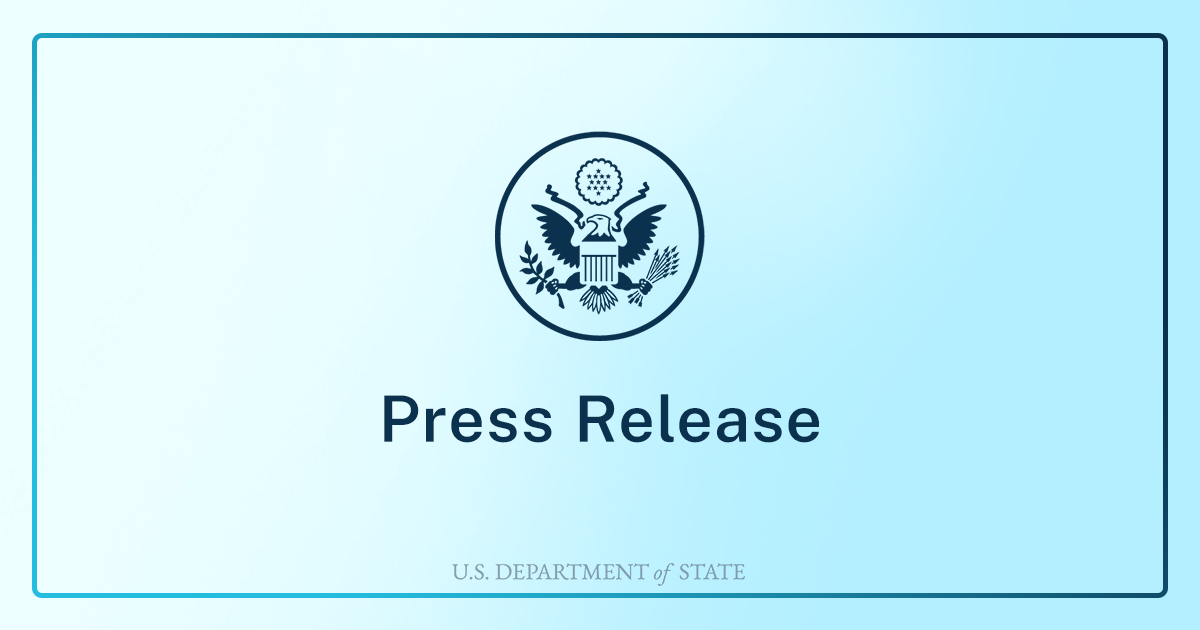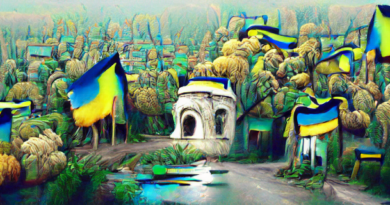The Kremlin’s Efforts to Covertly Spread Disinformation in Latin America – United

The Russian government is currently financing an on-going, well-funded disinformation campaign across Latin America. The Kremlin’s campaign plans to leverage developed media contacts in Argentina, Bolivia, Chile, Colombia, Cuba, Mexico, Venezuela, Brazil, Ecuador, Panama, Paraguay, Peru, and Uruguay, among other countries in Latin America, in order to carry out an information manipulation campaign designed to surreptitiously exploit the openness of Latin America’s media and information environment. The Kremlin’s ultimate goal appears to be to launder its propaganda and disinformation through local media in a way that feels organic to Latin American audiences to undermine support for Ukraine and propagate anti-U.S. and anti-NATO sentiment.
What we know:
The Social Design Agency (SDA), the Institute for Internet Development, and Structura coordinated on the development of an information manipulation campaign targeting Latin America that aims to promote Russia’s strategic interests in the region at the expense of other countries by overtly and covertly coopting local media and influencers to spread disinformation and propaganda. These are “influence-for-hire” firms with deep technical capability, experience in exploiting open information environments, and a history of proliferating disinformation and propaganda to further Russia’s foreign influence objectives.
As this year’s Annual Threat Assessment of the U.S. Intelligence Community makes clear, Russia’s influence actors have adapted their efforts to increasingly hide their hand, laundering their preferred messaging through a vast ecosystem of Russian proxy websites, individuals, and organizations that appear to be independent news sources. Moscow seeds original stories or amplifies preexisting popular or divisive discourse using a network of state media, proxy, and social media influence actors and then intensifies that content to further penetrate the Western information environment. These activities can include disseminating false content and amplifying information perceived as beneficial to Russian influence efforts or conspiracy theories.
The actors involved:
- Ilya Gambashidze, director of the Russian public relations firm known as the Social Design Agency, leads a group of malign influence actors comprised of members from SDA and Structura to conduct an information manipulation campaign against Latin American countries.
- In addition to Gambashidze, the individuals involved include but are not limited to SDA Project Director Andrey Perla, Structura CEO Nikolay Tupikin, and pro-Kremlin journalist Oleg Yasinskiy (alternate: Yasinsky).
The mechanics of the Campaign:
- A cultivated group of editorial staff would be organized in a Latin American country, most likely in Chile, with several local individuals and representatives – journalists and public opinion leaders – of various countries in the region.
- A team in Russia would then create content and send the material to the editorial staff in Latin America for review, editing, and ultimately publication in local mass media. In effect, this information laundering process would see pro-Kremlin content created in Russia get “localized” by the curated Latin American staff and published in Latin American media to appear organic.
- The Translator: The role of Moscow-based linguistics editors proficient in the Spanish language is integral to the campaign. The editors often use aliases to obfuscate their true identities to ensure the information is laundered in a way that feels organic to the target audience.
- Yasinskiy maintains and leverages a vast network of Spanish and Portuguese-speaking journalists and media outlets to propagate pro-Russian messages without compromising his efforts to more naturally assimilate the content in Latin American media to the SDA and Structura’s benefit.
- While the network’s operations are primarily done in concert with Spanish-language outlets Pressenza and El Ciudadano, a broader network of media resources is available to the group to further amplify information.
The Kremlin’s hidden hand:
- The themes and success metrics for the campaigns were developed in conjunction with and at the direction of the Russian government, with Gambashidze, Perla, and Tupikin taking a lead role in their development.
- Controlling the pro-Kremlin narrative is an important aspect in building out the Latin American focused influence campaign. To do so, Structura CEO Tupikin ensures themes stay on topics of priority to the Kremlin.
- The operations themes primarily focus on attempting to persuade Latin American audiences that Russia’s war against Ukraine is just and that they can unite with Russia to defeat neocolonialism.
- These themes align with Russia’s broader false narrative that it is a champion against neocolonialization, when in reality it is engaged in neocolonialism and neo-imperialism in its war against Ukraine and its resource extraction in Africa.
- There are coordinated efforts between Russian embassies in Latin America and state-funded media outlets to increase pro-Kremlin messaging, spread anti-U.S. narratives, and develop partnerships among Russian state media, local media outlets and radio stations, perceived pro-Moscow third-country embassies in the region, and local journalists.
This article has been archived for your research. The original version from Department of State can be found here.


